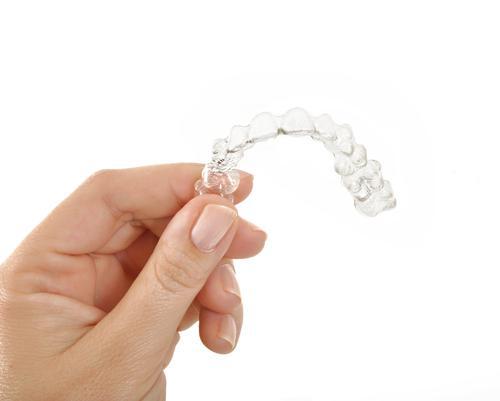It’s certainly rewarding to achieve your goal of a perfect smile after months or even years of wearing braces. However, having your braces removed isn’t the last step in your orthodontic treatment. Virtually everyone who wears braces or clear aligners must use a retainer after their active treatment is complete.
While it may seem unpleasant to have to wear a retainer, ignoring this important step can allow your teeth to regress to their misaligned positions. Falling to wear a retainer could result in such a severe misalignment that your teeth could require more orthodontic treatment.
Retainers are an important final step in all types of orthodontic treatment, including traditional braces, Invisalign® clear aligners, and Damon Clear® self-ligating braces. In this blog, orthodontist Emanuel Mizrahi, DDS, of Forest Hills Orthodontic Associates in Forest Hills, New York, explains how retainers work and why they’re necessary to ensure your teeth stay straight.
Why wearing a retainer matters
When braces are removed, the bone and soft tissues that surround your teeth must rebuild around your teeth to hold them in their new positions. During this transitional phase, the roots of your teeth must also adjust to their new positions.
A retainer ensures that your teeth remain in their new positions. While braces work to move your teeth, a retainer works to hold your teeth in place.
A retainer supports your teeth and helps them avoid their natural urge to return to their original positions, and a retainer also helps support your bone and soft tissues.
Types of retainers
You may be given one of three varieties of retainers. The retainer you get will depend on certain factors, such as age and lifestyle.
Traditional retainers
A traditional retainer, also called a Hawley retainer, consists of separate devices for the upper teeth and lower teeth. The upper retainer has a wire that rests across the fronts of your teeth. The wire is attached to a customized acrylic shell that sits against the roof of your mouth.
The bottom retainer has a wire that rests across the fronts of your bottom teeth, and this wire is attached to a customized acrylic shell that hugs the backs of your bottom teeth.
Traditional retainers allow the biting surfaces of your teeth to touch, which can make speaking more comfortable during wear. A traditional retainer is removable for eating and cleaning.
Clear retainers
A clear retainer is a removable plastic tray that is similar to a clear aligner, though a more durable material is used to manufacture the retainer. The device is personalized to fit securely over your entire upper arch, lower arch, or both.
A clear retainer is similar to the look and feel of a clear aligner. Because of its virtually clear appearance, a clear retainer can be worn discreetly in social or professional situations without affecting your appearance.
Fixed retainers
A fixed retainer, also called a lingual wire, is embedded in your mouth permanently. This thin metal wire is bonded to the interior of your lower arch, upper arch, or both to hold the teeth in their desired positions. The wire is usually fixed behind the center four or five teeth, not the entire arch.
A fixed retainer can remain in place for years without requiring replacement. You must consult with a dentist or orthodontist to remove a fixed retainer.
Length of retainer wear
The amount of time you’ll need to wear your retainer will depend on the type of correction that was performed. Dr. Mizrahi will determine a customized schedule of retainer wear based on your needs.
A typical schedule involves wearing a retainer for up to nine months after your braces are removed. This is the period of time when your teeth are most vulnerable to shifting into misalignment. Most patients can reduce retainer wear to nighttime use sometime between 9-12 months after their braces are removed.
When Dr. Mizrahi determines that your teeth are secure in their new desired positions, you may be able to maintain your perfect smile with several nights of retainer wear each week. Most patients are advised to continue this schedule of retainer wear indefinitely to prevent tooth shifting throughout their lives.
Following your recommended course of retainer wear can help you enjoy your perfect smile for the rest of your life. To find out more about the importance of retainer wear and which type may work best for you, book an appointment over the phone with Forest Hills Orthodontic Associates today.
